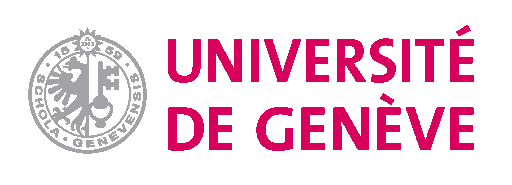Nana Wang

Nana Wang is a Ph.D. student at the University of Geneva’s Institute for Environmental Sciences (ISE). A current focus is Karst soil erosion under changing climate conditions: insights from terrestrial monitoring and dendrogeomorphology.
Her research interests predominant focus on: 1) Investigate soil erosion processes and mechanisms both macro and micro-scale serving for optimal erosion prediction and control; 2) Evaluate the impact of global change (both natural and anthropogenic) on water and soil loss, supporting erosion risk assessment and reasonable soil and water conservation policies making.
Research interests
- Soil Science and Ecology
- Geomorphology
- Environmental Sciences
Selected Publications
Wang, N., Luo, J., He, S., Li, T., & Zheng, Z. (2022). Characterizing the erosion process from eroded rill morphology on purple soil slope with upslope earthen dike terraces. Science of the Total Environment, 160486. https://doi.org/10.1016/j.scitotenv.2022.160486
Luo, J., Wang, N., Li, T., Zheng, Z. He, S., & Tarolli, P. (2022). Tillage-induced microtopography alters time-dependent intrinsic correlation of runoff and sediment yield. Soil & Tillage Research, 221,105423. Co-first author. https://doi.org/10.1016/j.still.2022.105423
Wang, N., Ding, L., Liu, G., Deng, Q., Liu, H., Wang, J., Lv, W., Luo, J., Du, Z., & Zhang, B. (2020). Variation of rill cross‑sections with gravel and aggregating soil in the Dry‑Hot Valley (SW China). Modeling Earth Systems and Environment, 5(4), 1239-1252. https://doi.org/10.1007/s40808-019-00632-9
He, S., Ma, R., Wang, N., Wang, S., Li, T., Zheng, Z. (2022). Comparison of nitrogen losses by runoff from two different cultivating patterns in sloping farmland of yellow soil during maize growth in southwest China. Journal of Integrative Agriculture, 21(1), 222-234. https://doi.org/10.1016/S2095-3119(20)63496-7
Zhang, B., Fan, Z., Du, Z., Zheng, J., Luo, J., Wang, N., Wang, Q. (2020). A geomorphological regionalization using the upscaled DEM: the Beijing-Tianjin-Hebei area, China case study. Scientific Reports, 10:10532. https://doi.org/10.1038/s41598-020-66993-9
